Cyclone Gabrielle: New Zealanders forced to swim to safety in floods
Residents have been forced to swim to safety from flooded homes in New Zealand after Cyclone Gabrielle lashed the country's north.
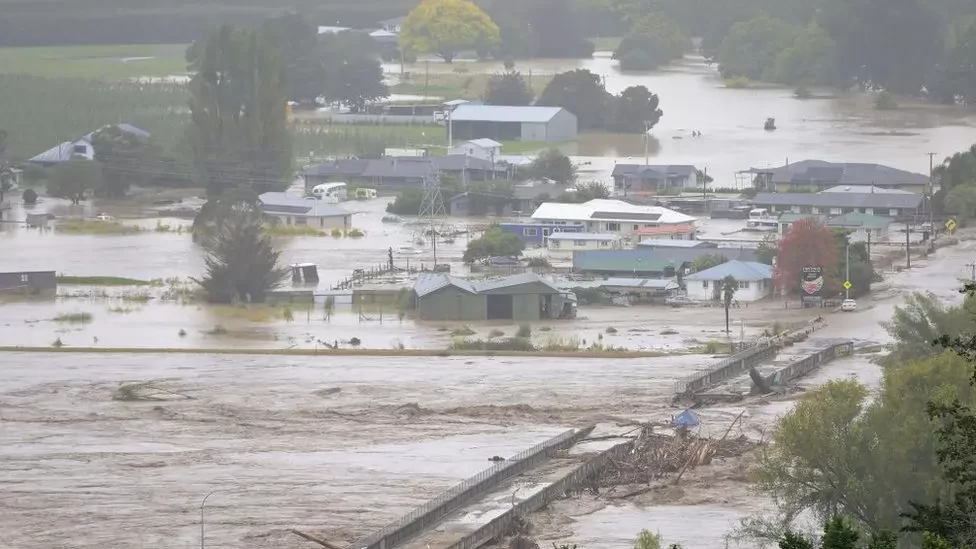
Feb 14: The country announced a national state of emergency on Tuesday after the storm's devastation - just the third time in its history it's done so.
The storm has caused extensive damage across the North Island - washing away roads and bridges and flooding suburbs.
Officials said at least 225,000 people were without power on Tuesday.
Nearly a third of New Zealand's 5.1 million population live in the affected storm regions - which includes Auckland, the largest city.
The storm's damage has been most extensive in coastal communities on the far north and east coast of the North Island - with spots like Hawkes Bay, Coromandel and Northland among the worst-hit.
Marcelle Smith, whose family lives in a cliff front property in Parua Bay on the east coast of the North Island, told the BBC she had fled with her two young children inland on Monday night to higher ground.
Her husband had remained behind to set up protections for the home. Some embankments set up had already been washed away and they were still battling wild weather on Tuesday.
"We are trying to do everything we can to protect what we have put our lives into. It's man versus nature at this point," she told the BBC.
Local media reported that some residents in Hawkes Bay had to swim through bedroom windows to escape as waters flooded their homes. Residents in the area have been warned they could be without power for weeks.
Aerial pictures of flooded regions also showed people stranded on rooftops waiting to be rescued.
The vast scale of the damage includes uprooted trees, bent street lights and poles, and row after row of flooded homes.
Officials said two firefighters had also been caught in a landslide in Muriwai, west of Auckland. One was critically injured while another is missing, rescue agencies said.
In Auckland, more than 100 people had also fled to set-up evacuation centres overnight, officials said.
The country had woken up to a tough situation, said New Zealand's prime minister Chris Hipkins on Tuesday.
"It has been a very big night for New Zealanders," he said in a news conference.
"[There are] a lot of families displaced, a lot of homes without power, extensive damage done across the country. It will take us a while to our heads around what's happened."
He pledged NZ$11.5m (£6m; US$7.3m) in aid to support those affected by the disaster.
Declaring the national state of emergency on Tuesday morning, the Minister for Emergency Management, Kieran McAnulty, described the storm as "an unprecedented weather event".
The order enables the government to streamline its response to the disaster. It has been applied to the Northland, Auckland, Tairawhiti, Tararua, Bay of Plenty, Waikato and Hawkes Bay regions.
New Zealand has only previously declared national state of emergencies on two occasions - during the start of the Covid-19 pandemic and following the 2011 Christchurch earthquake.
The government has attributed the scale of the disaster to climate change.
"This is a climate change-related event. The severity of it, of course, made worse by the fact that our global temperatures have already increased by 1.1 degrees," said climate change minister James Shaw.
"We need to stop making excuses for inaction. We cannot put our heads in the sand when the beach is flooding. We must act now."
Cyclone Gabrielle has hit New Zealand just two weeks after unprecedented downpours and flooding in the same region, which killed four people.
The country's meteorological agency, MetService, on Tuesday said Auckland had received about half of its annual rainfall in just the first 45 days of 2023.
The MetService says conditions are expected to clear in coming days, and heavy rain warnings are being lifted for some parts of the country. But it has warned that wind could still cause further damage.


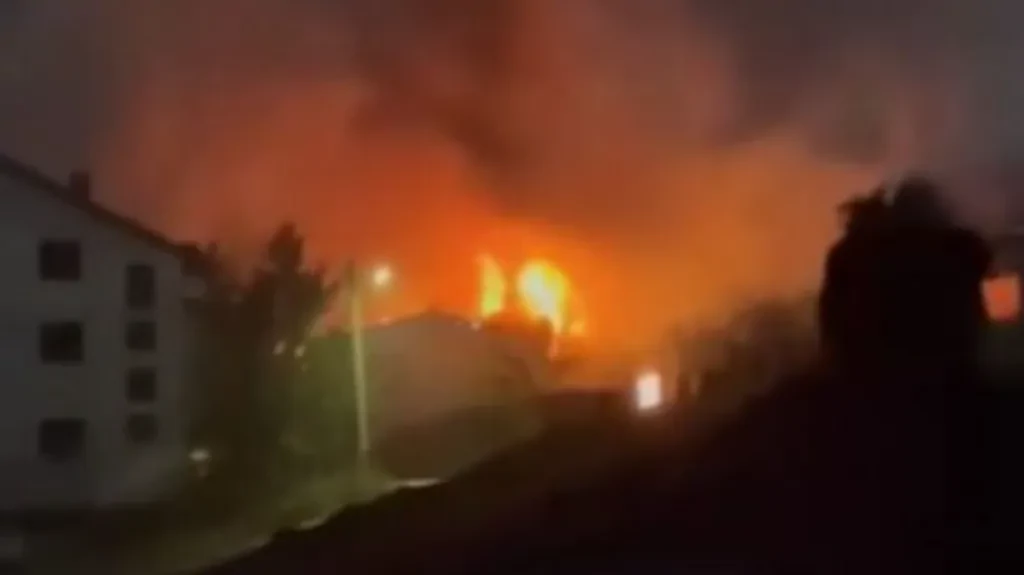
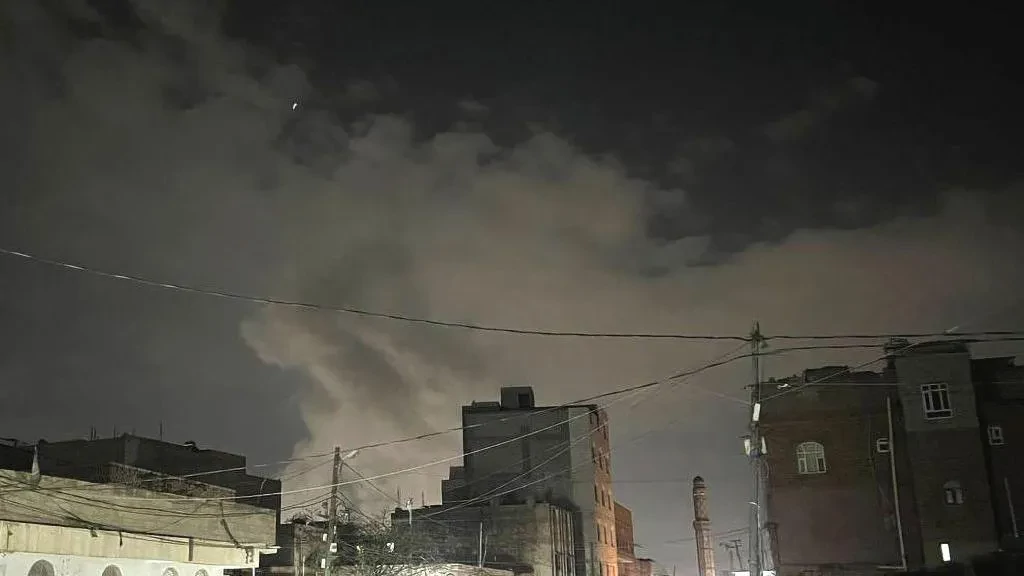
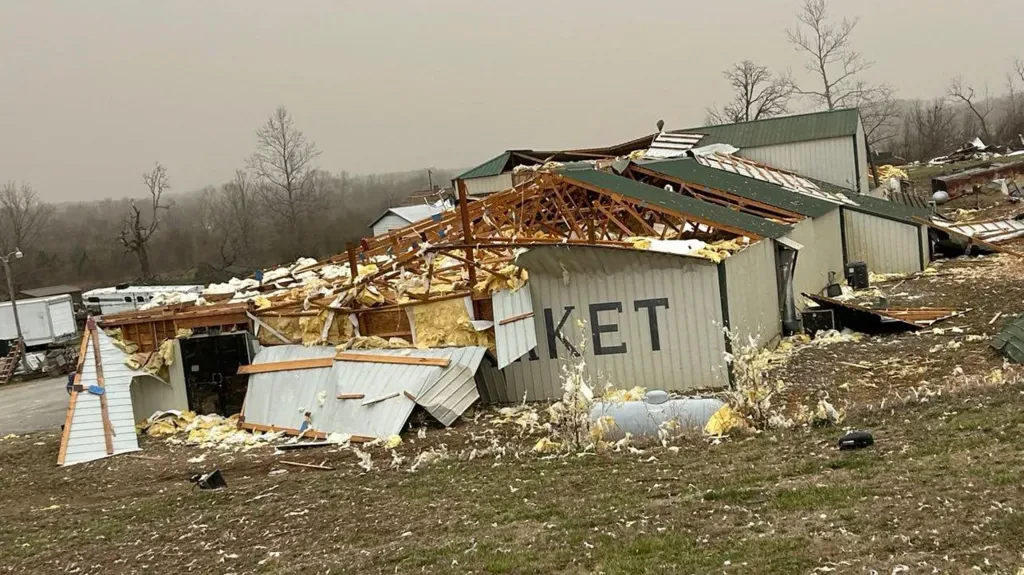
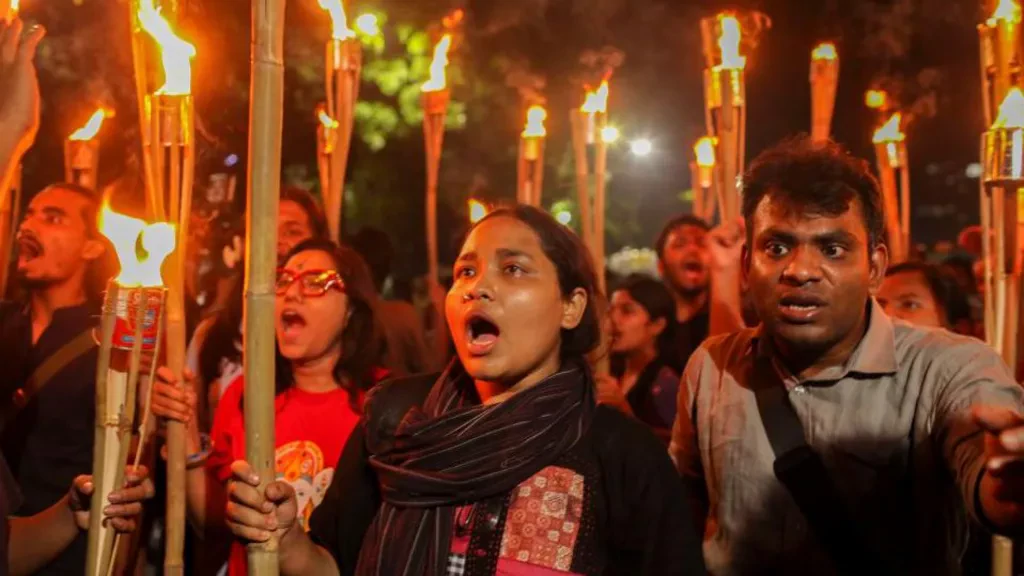
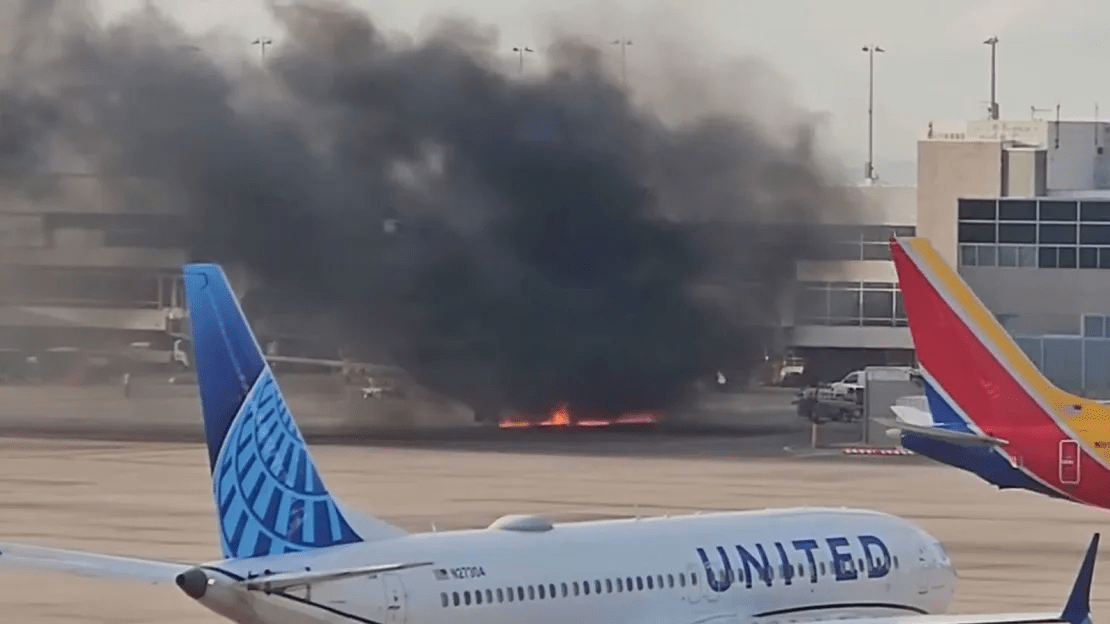



Leave Comment